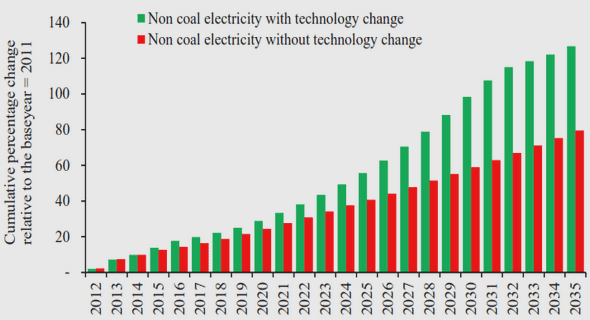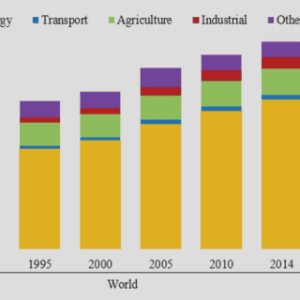(Downloads - 0)
For more info about our services contact : help@bestpfe.com
Table of contents
1 Résumé substantiel en français
1.1 Introduction
1.1.1 La prise de décision en sciences cognitives et neurosciences
1.1.2 Modèles de prise de décisions
1.2 Effets séquentiels et réseaux attracteurs
1.2.1 Dynamique non-linéaire
1.3 Modélisation de la confiance
1.4 Apprentissage d’un tâche de catégorisation et confiance
1.5 Méthode de la cavité pour les réseaux neuronaux
2 Introduction to decision-making
2.1 Decision-making in cognitive science and neuroscience
2.2 Models of decision-making
2.2.1 Drift-diffusion model
2.2.2 Recurrent cortical circuit
3 Sequential effects and attractor neural networks
3.1 Repetition biases
3.1.1 Cognitive aspect
3.1.2 Neural correlates of sequential effects
3.1.3 Models of sequential effects
3.2 Post-error effects
3.2.1 Experimental evidences
3.2.2 Post-error adjustments in attractor neural networks
3.2.3 Non-linear dynamics
4 A cognitive experiment to study confidence
4.1 How to measure confidence experimentally ?
4.1.1 In humans
4.1.2 In animals
4.2 A 2AFC task in humans
4.2.1 Experimental set-up
4.2.2 Behavioral measures
5 Confidence in perceptual decision-making
5.1 Models of confidence in perceptual decision-making
5.1.1 Signal detection theory (SDT) framework
5.1.2 Accumulation of evidence framework
5.1.3 Neural substrates of decision confidence
5.2 Confidence reports and attractor neural networks 80
5.2.1 Fitting an attractor network to behavioral data
5.2.2 Confidence model
5.2.3 Sequential effects and confidence
5.2.4 Attractor neural networks vs. other models
II Neural coding
6 An overview of categorical perception
6.1 Categorical perception
6.1.1 Categorical perception
6.1.2 Neuronal evidence
6.2 Population coding 98
6.2.1 Fisher information
6.2.2 Top-down feedback
7 Learning a categorization task: the impact of confidence
7.1 Coding and Decoding during a categorization task
7.1.1 Probabilistic framework
7.1.2 Recurrent neural network framework
7.2 Confidence-modulated Hebbian learning
7.2.1 Two-layers model
7.2.2 Learning the categorization task
III Mean-field equations of neural networks
8 Mean-field equations of neural networks
8.1 Temporal dynamics of neural networks
8.2 Dense strongly coupled partially symmetric networks
8.2.1 Mean-field solution
8.2.2 Stability
8.3 Rectified linear transfer function
8.3.1 Steady-state of the network
8.3.2 Stability of the fixed point
8.3.3 Beyond the bifurcation
9 Conclusion and Perspectives




